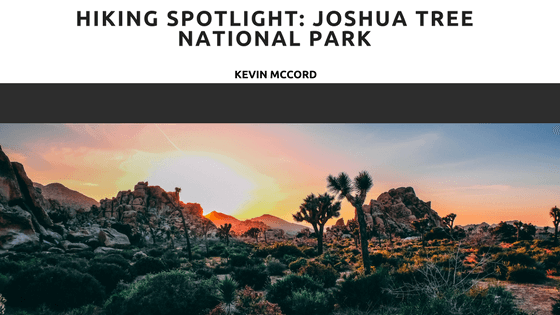Joshua Tree is known as one of the world’s best rock climbing areas, but the desert hiking is fantastic, too. What do you need to know before travelling to Joshua Tree?
History
Joshua Tree was declared a National Park in 1994 and named for the trees native to it. It covers almost 800,000 acres, which is slightly larger than the state of Rhode Island. Almost half of the park is designated just for wilderness. The park includes parts of the Mojave Desert as well as the Colorado Desert.
When to Visit
When should you plan your trip to Joshua Tree? The recommended times to visit fall between early spring and late fall. This will give you the best temperatures as well as views. An added bonus of visiting in the spring is the potential for wildflower viewing, as they often bloom in fury then. Some of the most crowded weekends are Memorial Day and Labor Day, which is to be expected. Most other weekends, visitors should not have a problem driving into Joshua Tree and setting up camp of any one of the 500 campsites.
Which Trails to Hike
Now that you are in Joshua Tree, how do you know which trails are the best? There are over 100 to choose from but many people rank the following as the best: Cottonwood Springs Nature Trail, Arch Rock Nature Trail, Skull Rock Nature Trail,Split Rock Lake Loop, and Ryan Mountain Hike. None of these trails are longer than three miles and all are beautiful in different ways. Some provide you with views of the open sky and some are more lush and green. Go with whatever you are feeling that day!
Which Campgrounds to Choose
There are nine campgrounds located throughout the park and two provide water and flushing toilets. Based on the size and makeup of your group, you can choose which campground is best for you.
Now that you know more about Joshua Tree National Park, you are better prepared to take a trip there. So pack your bags and get going!
